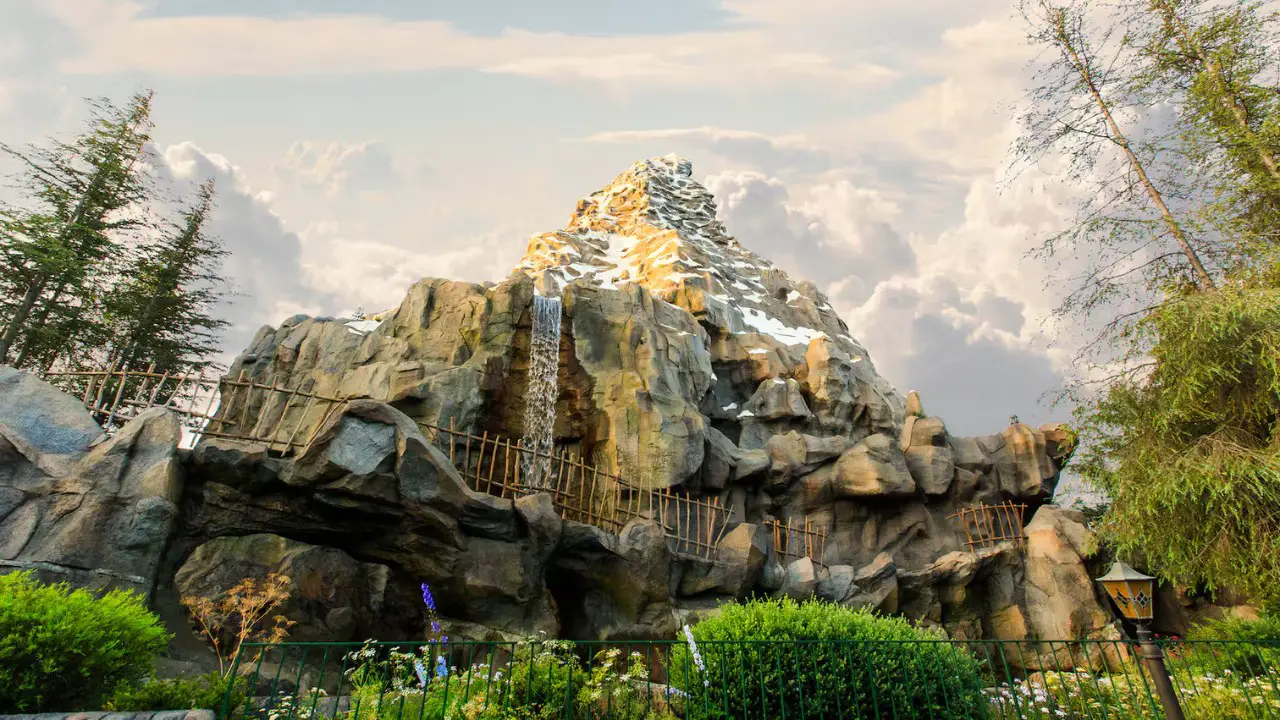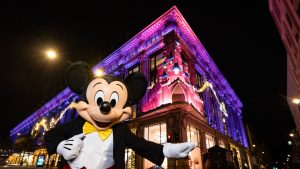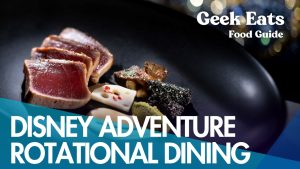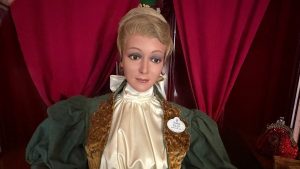Last year, Disney Imagineer and inventor Lanny Smoot was inducted into the National Inventors Hall of Fame. This year, the inventors behind the Matterhorn Bobsleds track are being inducted as members of this illustrious group. Karl Bacon and Ed Morgan will be among 17 inventors who are a part of the 2025 class of the National Inventors Hall of Fame. The duo will be honored posthumously and are the creators of the tubular steel track that allows guests to race down the icy slopes of Disneyland’s Matterhorn Bobsleds attraction when it opened in 1959.
The United States Patent and Trademark Office (USPTO) and the Hall of Fame will honor the new inductees during a ceremony on May 8, 2025, at The Anthem in Washington, D.C. Hall of Fame members are recognized for their contributions to society during this black tie event.
“It is an honor for the USPTO to recognize the 2025 class of the National Inventors Hall of Fame,” said Derrick Brent, Acting Under Secretary of Commerce for Intellectual Property and Acting Director of the USPTO. “These amazing visionaries have not only changed the world through their inventions, but they also are paving the way for future generations of STEM innovators.”
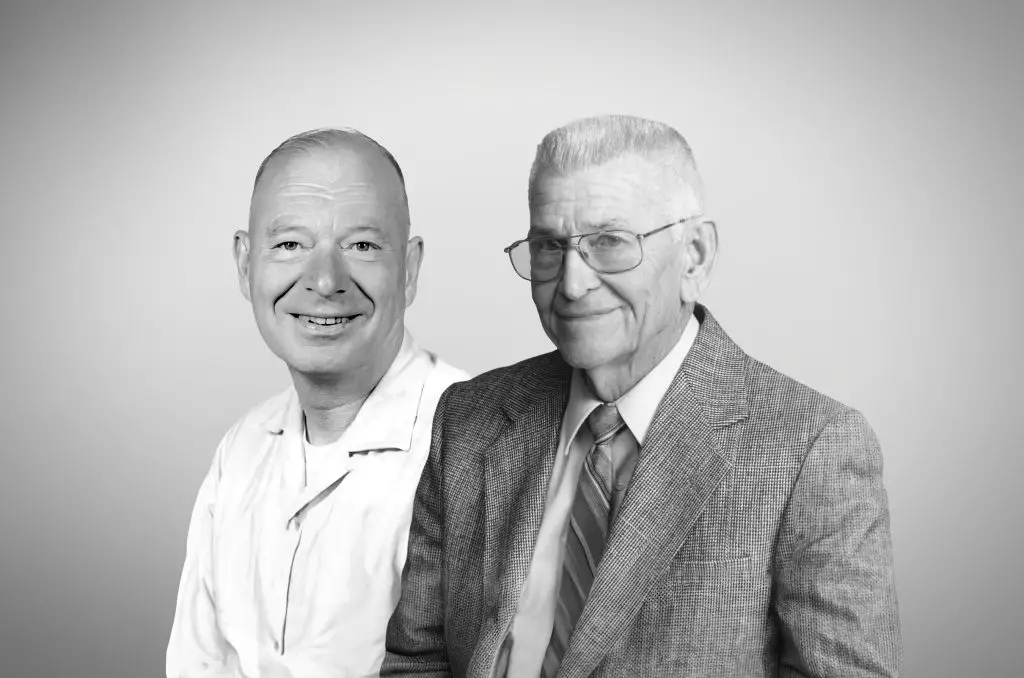
Karl Bacon and Ed Morgan worked for Arrow Development. Arrow Development was initially hired by WED Enterprises, now Walt Disney Imagineering, and Walt Disney (a National Inventors Hall of Fame Inductee himself) in 1953 to both design and construct Fantasyland attractions for Disneyland. This would lead to Mad Tea Party, Dumbo the Flying Elephant, Mr. Toad’s Wild Ride, Snow White’s Scary Adventures, and Casey Jr. Circus Train being built in Fantasyland. The success of these attractions led to Arrow being contracted to build more attractions for the park, including the Matterhorn Bobsleds. This was Disneyland’s first roller coaster.
To achieve the goal of turning quickly within the mountain, Bacon and Morgan had to come up with a new track solution. Traditional angle iron tracks simply couldn’t bend enough for the quick turns. The solution that Bacon and Morgan came up with was tubular steel tracks. Initially, these tracks were tested with nylon wheels. Ultimately the inventors went with polyurethane wheels as they were quieter and also created less friction than rubber. To keep the Matterhorn Bobsleds on the track, the tracks were designed that surround the wheels. This was rather than simply having the wheels glide on top of the track.
A “booster” device was also created to help keep the ride vehicles moving on the track at the same speed. These devices were monitored by control room workers and made up of a rubber tire that was attached to a motor installed on the tracks. The tire would make contact with the bottom of the ride vehicle to speed it up or slow it down as needed.
The Matterhorn Bobsleds ended up being a tremendous success and revitalized the amusement park industry. This technology has been used in most roller coasters since the attraction opened. The tubular steel track design created a smoother, quieter ride than the wooden roller coasters that came before. It also allowed for ride designers to add new features to roller coasters. This included loops, longer drops, and even spirals! These experiences couldn’t have been created before as they would have been too dangerous or physically impossible.
“Through events, exhibits and education programs, the National Inventors Hall of Fame honors individuals every year whose creativity, ingenuity and ability to overcome obstacles have transformed our world,” said National Inventors Hall of Fame CEO Michael Oister. “The remarkable innovators in our Class of 2025 have made significant contributions to our lives in fields as varied as vaccine design, cancer treatments, sensing technology and coronary stents. These innovators have made significant advances in our daily lives and well-being.”
Karl Bacon
Tubular Steel Track Roller Coaster
U.S. Patent No. 3,114,332
Inducted in 2025
Born Feb. 16, 1910 – Died Nov. 14, 2008
Born in Oakland, Maine, in 1910, Bacon was a self-taught engineer with a naturally mathematical mind. While working as head of machine tool maintenance at Hendy Iron Works, a U.S. Navy contractor in Sunnyvale, California, that built torpedo launchers and marine steam engines, he met fellow National Inventors Hall of Fame® Inductee Ed Morgan in 1943.
– National Inventors Hall of Fame
Ed Morgan
Tubular Steel Track Roller Coaster
U.S. Patent No. 3,114,332
Inducted in 2025
Born June 19, 1915 – Died March 22, 2009
Born in Detroit in 1915, Morgan was a lifelong tinkerer and a self-taught engineer. While working as a machinist at Hendy Iron Works, a U.S. Navy contractor that built torpedo launchers and marine steam engines during World War II, he met fellow National Inventors Hall of Fame® Inductee Karl Bacon in 1943.
– National Inventors Hall of Fame

